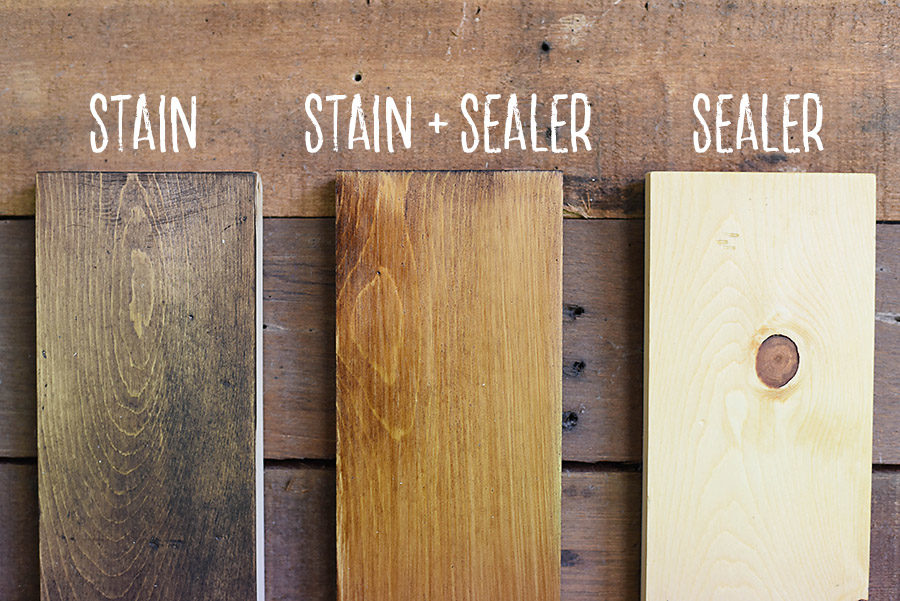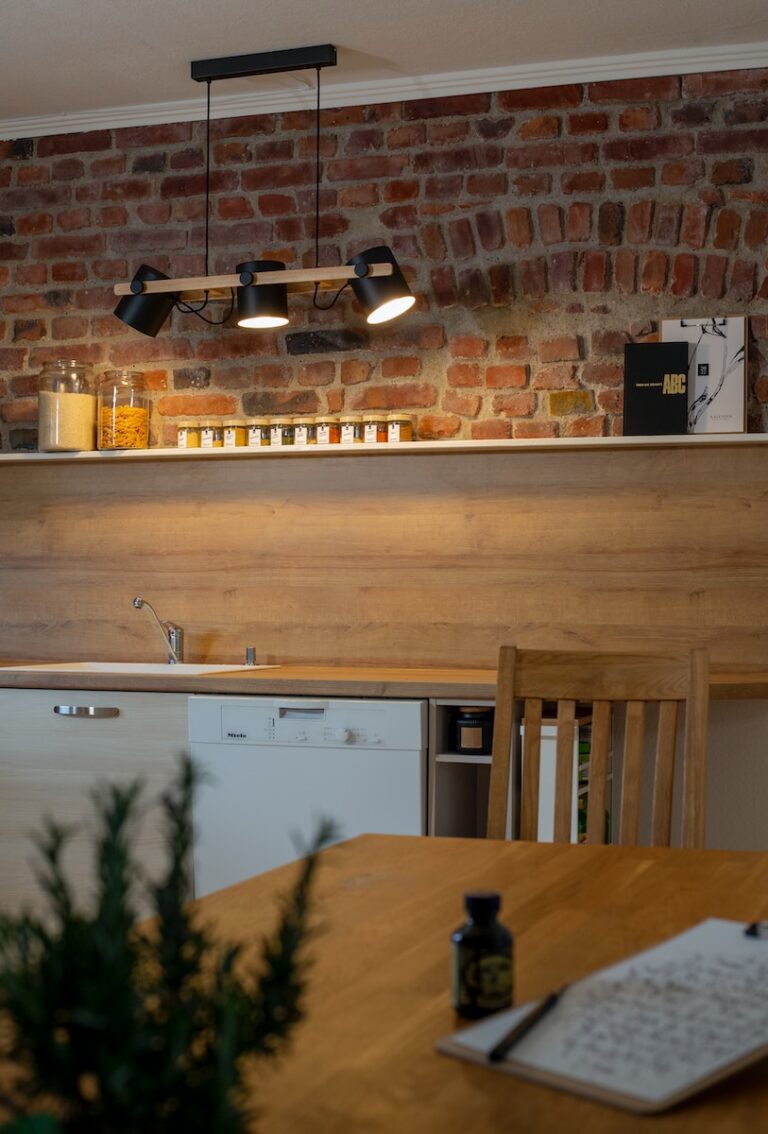How To Prep Wood For Stain After Sanding?
Wood staining can add a touch of elegance and beauty to any wooden surface. However, to achieve a perfect finish, the wood must be prepped correctly. Whether you are a DIY enthusiast or a professional woodworker, understanding how to prep wood for stain after sanding is critical to achieving the desired results.
Sanding the wood is the first step towards prepping it for staining. This process helps to remove any rough patches, scratches, or imperfections on the surface. But, sanding alone is not enough to ensure a flawless finish. In this article, we will guide you through the essential steps to take after sanding to achieve a stunning stain finish that will last for years.
How To Prep Wood for Stain After Sanding?
- Clean the surface: Use a clean cloth to wipe off the sawdust and debris left after sanding.
- Apply wood conditioner: Use a brush to apply a wood conditioner to the surface to ensure even stain absorption.
- Stir the stain: Stir the stain well before use to ensure an even color.
- Apply the stain: Use a brush or cloth to apply the stain in the direction of the wood grain. Wipe off any excess stain with a clean cloth.
- Allow drying: Let the stain dry completely before applying a second coat, if necessary.

How To Prep Wood for Stain After Sanding?
When it comes to staining wood, proper preparation is key. Sanding the wood is an important step, but it’s not the only one. To ensure that your wood stain looks beautiful and lasts for years to come, you need to prep your wood properly before staining. In this article, we’ll guide you through the steps of prepping wood for stain after sanding.
Step 1: Clean the Wood
Before you start staining, you need to make sure that your wood is clean. Use a tack cloth or a clean, lint-free cloth to wipe away all the dust and debris from sanding. If you leave any debris on the wood, it will interfere with the stain’s ability to penetrate the wood evenly.
Once you’ve wiped away all the dust, you should also check for any other contaminants that might be on the wood. Grease, oil, or wax can all interfere with the stain’s ability to penetrate the wood. If you find any contaminants, use a solvent like denatured alcohol to clean them away.
Step 2: Condition the Wood
If you’re staining a softwood like pine or cedar, you should consider conditioning the wood before applying the stain. Softwoods tend to absorb stain unevenly, resulting in a blotchy appearance. By conditioning the wood, you can help it absorb the stain more evenly.
To condition the wood, apply a pre-stain conditioner with a lint-free cloth. Follow the manufacturer’s instructions for application and drying time. After the conditioner has dried, you can apply the stain as usual.
Step 3: Apply the Stain
Now that your wood is clean and conditioned (if necessary), it’s time to apply the stain. You should always test the stain on a small, inconspicuous area before applying it to the entire surface. This will give you an idea of how the stain will look and how long it will take to dry.
When you’re ready to apply the stain, use a brush, roller, or cloth to apply it evenly to the wood. Make sure to work in the direction of the grain and apply the stain generously. After applying the stain, let it sit for a few minutes (or as directed by the manufacturer) before wiping away any excess with a clean cloth.
Step 4: Seal the Wood
Once the stain has dried completely, it’s time to seal the wood. Sealing the wood will protect the stain from damage and help it last longer. There are several different types of wood sealers to choose from, including polyurethane, varnish, and lacquer. Choose the sealer that’s best for your specific project.
To apply the sealer, use a brush or roller and apply it evenly to the wood. Make sure to follow the manufacturer’s instructions for application and drying time. After the sealer has dried, you can sand the surface lightly with a fine-grit sandpaper to smooth out any imperfections.
The Benefits of Proper Wood Prep
Properly prepping your wood before staining has several benefits. First, it ensures that the stain will penetrate the wood evenly, resulting in a beautiful and consistent finish. Second, it helps the stain last longer by protecting it from damage. Finally, it can save you time and money in the long run by preventing you from having to redo your project due to poor preparation.
Wood Prep Vs. Skipping Prep
Skipping wood prep may seem like a time-saver, but it can actually end up costing you more time and money in the long run. If you don’t properly prep your wood before staining, the stain may not absorb evenly, resulting in an unattractive finish. Additionally, the stain may not last as long without proper preparation, which means you’ll have to redo your project sooner.
Conclusion
Prepping your wood properly before staining is essential for a beautiful and long-lasting finish. By following these steps, you can ensure that your stain will look great and last for years to come. Remember to clean the wood, condition it (if necessary), apply the stain evenly, and seal it to protect the stain from damage. With proper preparation, your wood stain project will be a success.
Frequently Asked Questions
What supplies do I need to prep wood for stain after sanding?
To prep wood for stain after sanding, you will need a few supplies. First, you will need sandpaper to sand the wood. You will also need a tack cloth to remove any dust or debris left on the wood after sanding. Finally, you will need a wood conditioner to help the stain absorb evenly into the wood.
Should I use a wood conditioner before staining?
Yes, you should use a wood conditioner before staining. A wood conditioner helps to even out the absorption of the stain into the wood. It also helps to prevent blotching and streaking. Applying a wood conditioner is especially important if you are staining soft woods such as pine, as they tend to absorb stain unevenly.
How do I apply the wood conditioner?
To apply the wood conditioner, first, stir the conditioner thoroughly. Then, using a brush or a rag, apply a thin and even coat of the conditioner to the wood. Make sure to work the conditioner into the wood, and wipe off any excess after 5-15 minutes. Allow the wood to dry completely before applying the stain.
How long should I wait before staining the wood?
After you have sanded and conditioned the wood, you should wait for at least 24 hours before staining. This allows the wood to fully dry and ensures that the stain will be absorbed evenly. If you are in a humid or damp environment, it may take longer for the wood to dry.
What is the best way to apply the stain?
The best way to apply the stain is to use a brush or a rag. Apply a thin and even coat of the stain, working with the grain of the wood. After 5-15 minutes, wipe off any excess stain with a clean rag. Allow the stain to dry completely before applying any additional coats. If you want a darker color, you can apply multiple coats of stain, making sure to allow each coat to dry completely before applying the next.

How to Prep Sand Raw Wood
In conclusion, prepping wood for stain after sanding is an essential step to achieving a beautiful finish that lasts. It’s important to start with the right tools and equipment, including sandpaper, a tack cloth, and wood conditioner. By sanding the wood in the correct direction and removing any dust and debris with a tack cloth, you can ensure that the stain will adhere evenly to the wood’s surface.
Next, applying wood conditioner can help to enhance the natural beauty of the wood and protect it from damage. This step is especially important for soft or porous woods, which tend to absorb stains unevenly. By applying a conditioner, you can help to seal the wood’s pores and create a more uniform surface for the stain.
Finally, when applying the stain, it’s important to work in small sections and apply the stain evenly with a brush or rag. Be sure to follow the manufacturer’s instructions for drying time and clean up, and remember to take your time and work carefully to achieve the best results. With these tips, you can prep your wood for stain after sanding like a pro and enjoy beautiful, long-lasting results for years to come.






